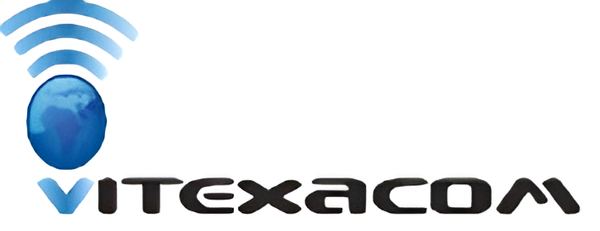
Understanding the Differences Between Analogue, Digital Two-Way Radios, and PTT Radios
Share
In the world of communication technology, two-way radios have long been a staple for industries requiring reliable, instant communication. However, with advancements in technology, new options like Push-to-Talk (PTT) radios have emerged, offering distinct advantages over traditional analogue and digital two-way radios. This blog post will explore the differences between these technologies to help you understand their unique features and applications.
Analogue Two-Way Radios
Overview
Analogue two-way radios operate using analog signals to transmit voice communications. They are straightforward devices that allow users to communicate over a specific frequency by pressing a button.
Advantages
- Simplicity: Analogue radios are user-friendly, making them ideal for basic communication needs.
- Cost-Effective: Generally, they are less expensive than their digital counterparts.
- Limited Features: Analogue radios often lack advanced functionalities such as GPS tracking or text messaging.
- Interference Issues: They are more susceptible to interference and have lower audio quality compared to digital options.
Digital Two-Way Radios
Overview
Digital two-way radios, often using Digital Mobile Radio (DMR) technology, convert voice signals into digital data. This allows for clearer audio quality and more sophisticated features.
Advantages
- Enhanced Audio Quality: Digital radios provide superior sound clarity and reduced background noise.
- Advanced Features: They support functionalities such as group calling, messaging, and location tracking.
- Better Range and Capacity: Digital systems can handle more users on the same frequency without interference.
- Higher Initial Costs: The advanced technology comes at a higher price point.
- Complexity in Setup: Programming and managing digital radios can require specialized knowledge and equipment.
Push-to-Talk (PTT) Radios
Overview
PTT radios represent the latest evolution in two-way communication technology. They utilize mobile networks (4G/5G) to transmit voice communications, allowing for broader coverage compared to traditional radios.
Advantages
- Nationwide Coverage: PTT radios leverage cellular networks, enabling communication over vast distances without the need for specific frequencies.
- Integration with Other Technologies: They can integrate with software applications for better management and functionality, including GPS tracking and emergency alerts.
- Flexibility and Scalability: PTT systems can easily scale up as user needs grow, accommodating more users without significant infrastructure changes.
- Dependence on Network Availability: PTT radios require a stable mobile network; they may not function effectively in areas with poor cellular reception.
- Potentially Higher Operating Costs: Ongoing data costs associated with mobile networks can add up over time.
Comparison Table
| Feature | Analogue Radios | Digital Radios | PTT Radios |
|---|---|---|---|
| Signal Type | Analog | Digital | Cellular |
| Audio Quality | Moderate | High | Very High |
| Range | Limited | Moderate to High | Extensive |
| Advanced Features | Minimal | Yes | Yes |
| Dependence on Infrastructure | None | Limited | Mobile Network |
| Cost | Low | Medium to High | Variable |
